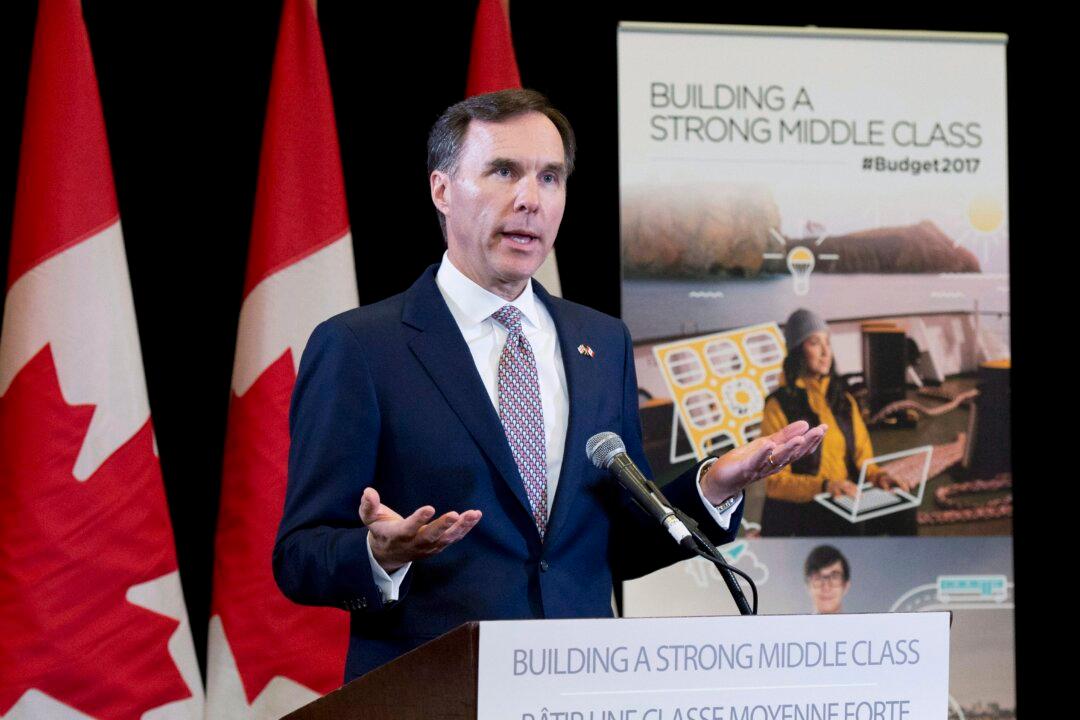OTTAWA—Spurring innovation is one of the top priorities in the Liberal government’s second budget under Finance Minister Bill Morneau.
Canada does a great job in creating companies, but fares poorly in scaling them up and turning them into commercial successes. This has been a long-standing problem, at which Budget 2017 takes aim with a new venture capital (VC) initiative and a plan for a new intellectual property (IP) strategy.
However, while the Liberal government makes some positive headway on the innovation file, analysts are skeptical of the “picking winners” approach and the overall incentive system for startups.
Budget 2017 commits new funding of $400 million over three years, following on the successful Venture Capital Action Plan (VCAP) initiated in 2013 to help early-stage startups. The new Venture Capital Catalyst (VCC) program targets later-stage startups.
“We know how important it is to make sure that companies in a country that are growing rapidly have access to capital, so by focusing on venture capital, we know that helps late-stage companies,” Morneau said during a press conference prior to tabling the budget in Parliament.





